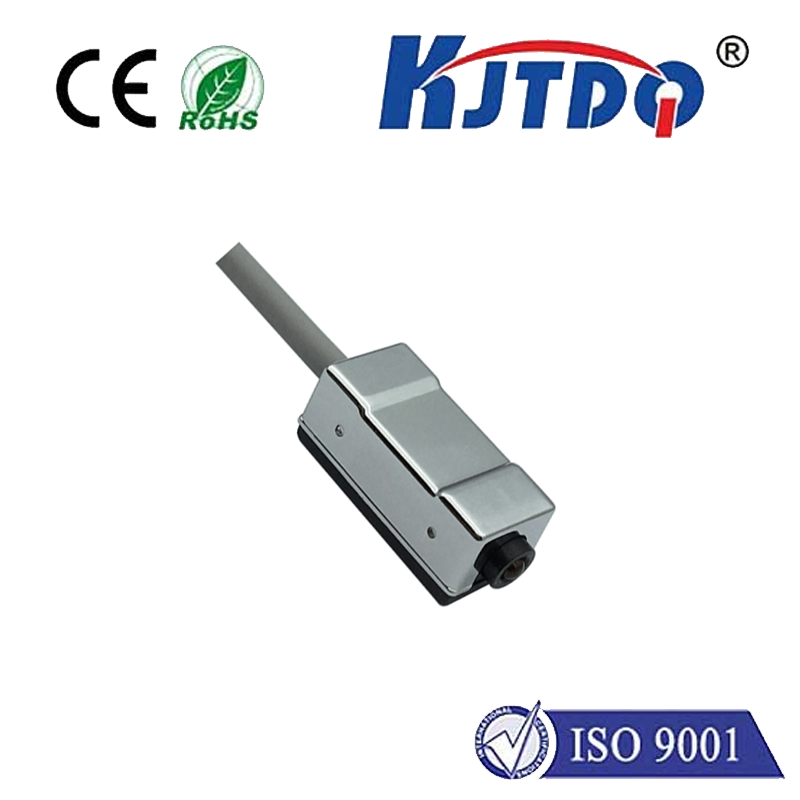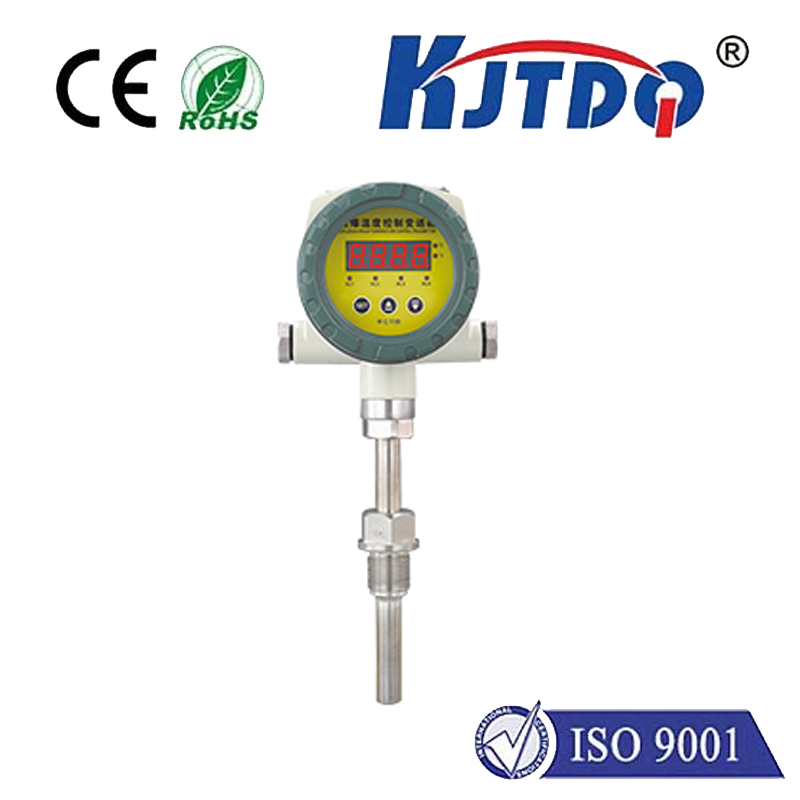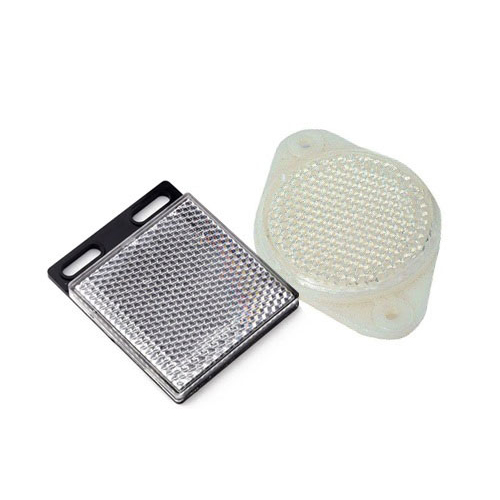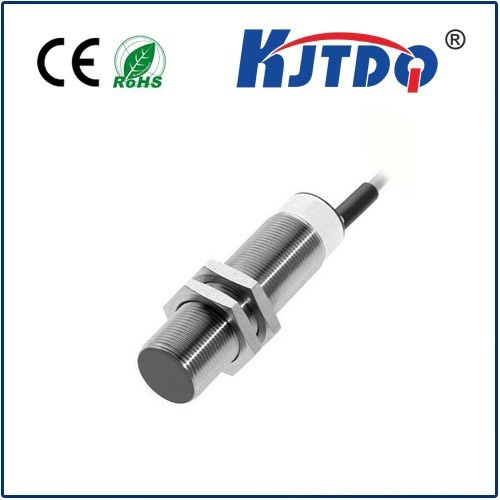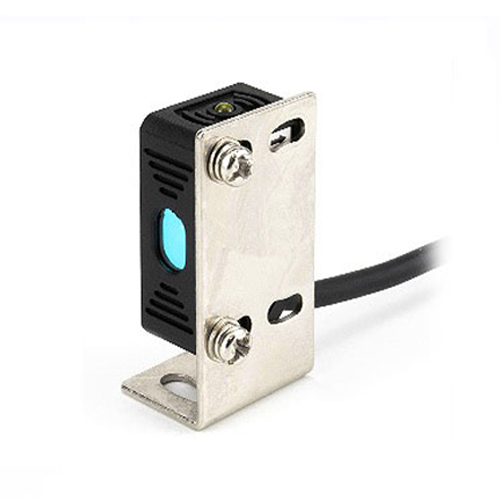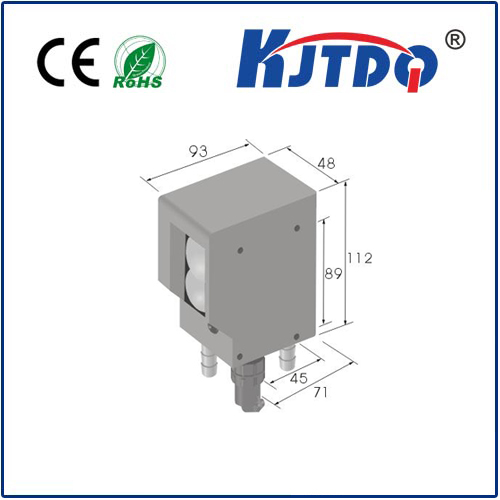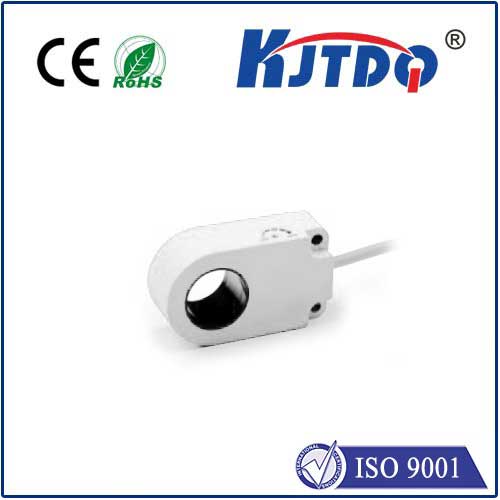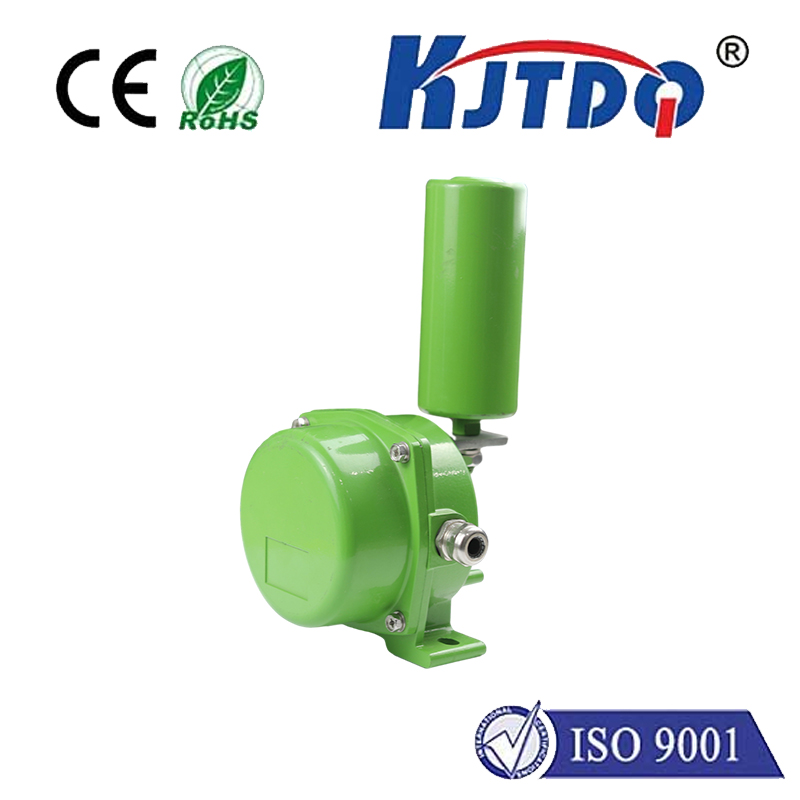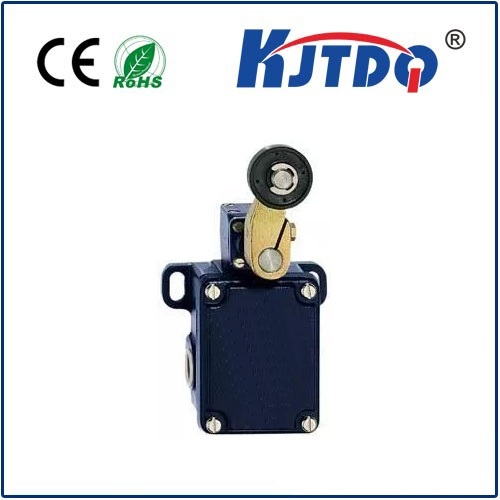

check

check

check

check

check

check

check

check

check

check
Title: A Comprehensive Guide to Solenoid Limit Switches
Solenoid limit switches are a crucial component in many industrial and electronic systems. They are used to control the flow of liquids, gases, or other media, and are particularly useful in applications where precise control over the speed and direction of movement is required. In this article, we will explore the various types of solenoid limit switches, their characteristics, and how they work.
Types of Solenoid Limit Switches
There are several types of solenoid limit switches, each with its own unique features and applications. Here are some of the most common types:
1. Contactless Solenoid Limit Switches: These types of switches use a conductive material (such as a metal wire) instead of a physical contact point to activate the switch. They are typically used in high-speed applications where precision is important, such as in automotive engines or machine tools.
2. Mechanical Solenoid Limit Switches: These switches use a mechanical mechanism to depress or release the solenoid when it reaches a certain position. They are commonly used in low-cost applications where simplicity and ease of maintenance are important.
3. Electromechanical Solenoid Limit Switches: These switches combine elements of both mechanical and electrical components to provide a reliable and accurate switch. They are often used in applications where both speed and position accuracy are required.
Characteristics of Solenoid Limit Switches
The characteristics of a solenoid limit switch can vary depending on the type of switch and its specific application. However, there are some common features that all solenoids have:
1. Nominal Current: This is the current that flows through the solenoid when it is fully open. It is usually expressed in microamps (μA) or milliamperes (mA).
2. Opening Angle: This is the angle between the solenoid coil axis and the surface of the switch when it is fully open. It determines how much the switch can move from its closed position to an open position.
3. Travel Distance: This is the distance that the switch can move when it is activated. It is often measured in millimeters (mm) or inches (in).
How Solenoid Limit Switches Work
Solenoid limit switches work by using a magnetic field to control the flow of fluid or air through the solenoid. When a magnetic field is applied to the coil of the solenoid, it creates an electrical arc that heats up the metal wire inside the switch. This causes the wire to expand or contract, which moves the switch into its open or closed position.
When the magnetic field is removed, the electrical circuit is broken, and the wire returns to its original shape. As a result, the switch returns to its closed position, blocking the flow of fluid or air through the solenoid.
Conclusion
In conclusion, solenoid limit switches are an essential component in many industrial and electronic systems due to their ability to provide precise control over the flow of liquids, gases, or other media. By understanding the different types of solenoids available and their characteristics, engineers can select the appropriate switch for their specific application and ensure optimal performance and reliability.
